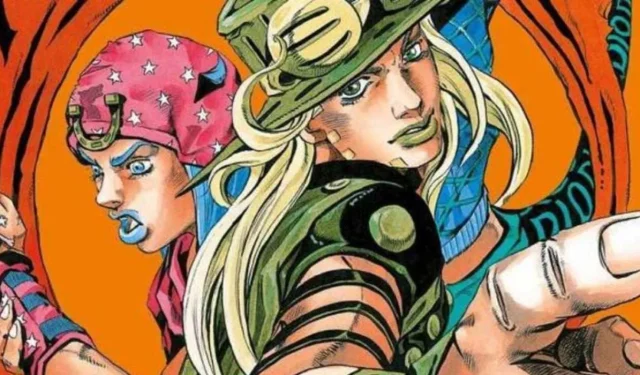
JoJo’s Bizarre Adventure enthusiasts are buzzing with excitement for the upcoming anime installment. However, fans who primarily follow the anime may not be aware of a significant reason why the adaptation of the series’ seventh part, Steel Ball Run, is poised to become the best yet. The anticipation surrounding this adaptation has only intensified following the announcement of an event named JOJODAY, dedicated to bridging the legacy and future of JoJo’s anime, signaling that official news may be imminent.
There are myriad factors fueling the eagerness for the animated version of Steel Ball Run. With its rich storyline, compelling characters, and unique setting, the manga offers countless reasons to be excited. This particular part stands out as a dynamic narrative, and if it’s already captivating readers in its manga form, the anime adaptation holds the promise of amplifying its brilliance. Yet, one key aspect that underscores why Steel Ball Run might surpass previous parts has often been overlooked.
A Significant Evolution in JoJo’s Manga
Transitioning from Shōnen to Seinen
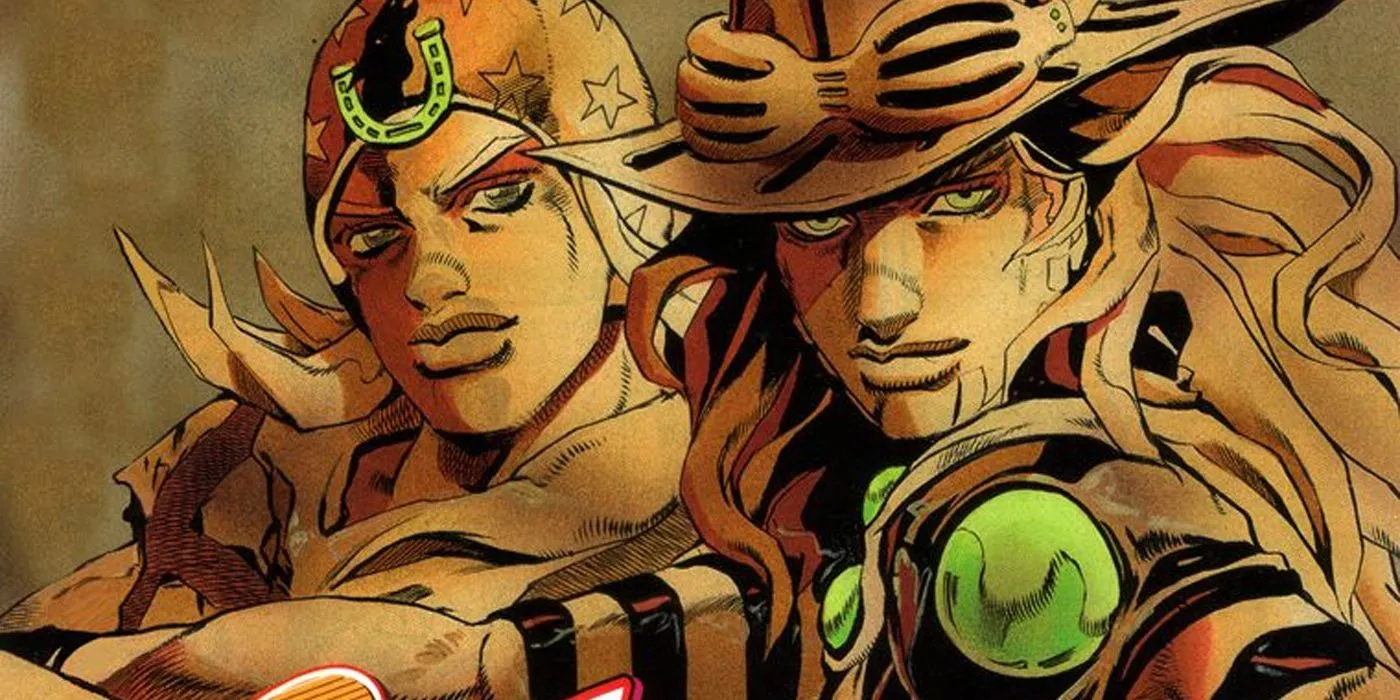
After the release of JoJo’s sixth part, Stone Ocean, creator Hirohiko Araki sought to rejuvenate the series. This ambition led to a notable transition in the magazine platform, with several initial chapters of Steel Ball Run appearing in Weekly Shonen Jump but the bulk of the narrative continuing in the more mature audience-focused Ultra Jump.
This shift is often underrated when discussing what makes Steel Ball Run exceptional. By moving from weekly to monthly releases, Araki found relief from the stringent deadlines that often restricted creative expression. Additionally, the transition from a shōnen audience to a seinen demographic enabled Araki to craft a narrative free from the constraints of appealing solely to younger readers, a consideration some fans believe hindered previous story arcs.
The Impact of Monthly Releases on Narrative Quality
How Weekly Releases Could Have Limited Steel Ball Run
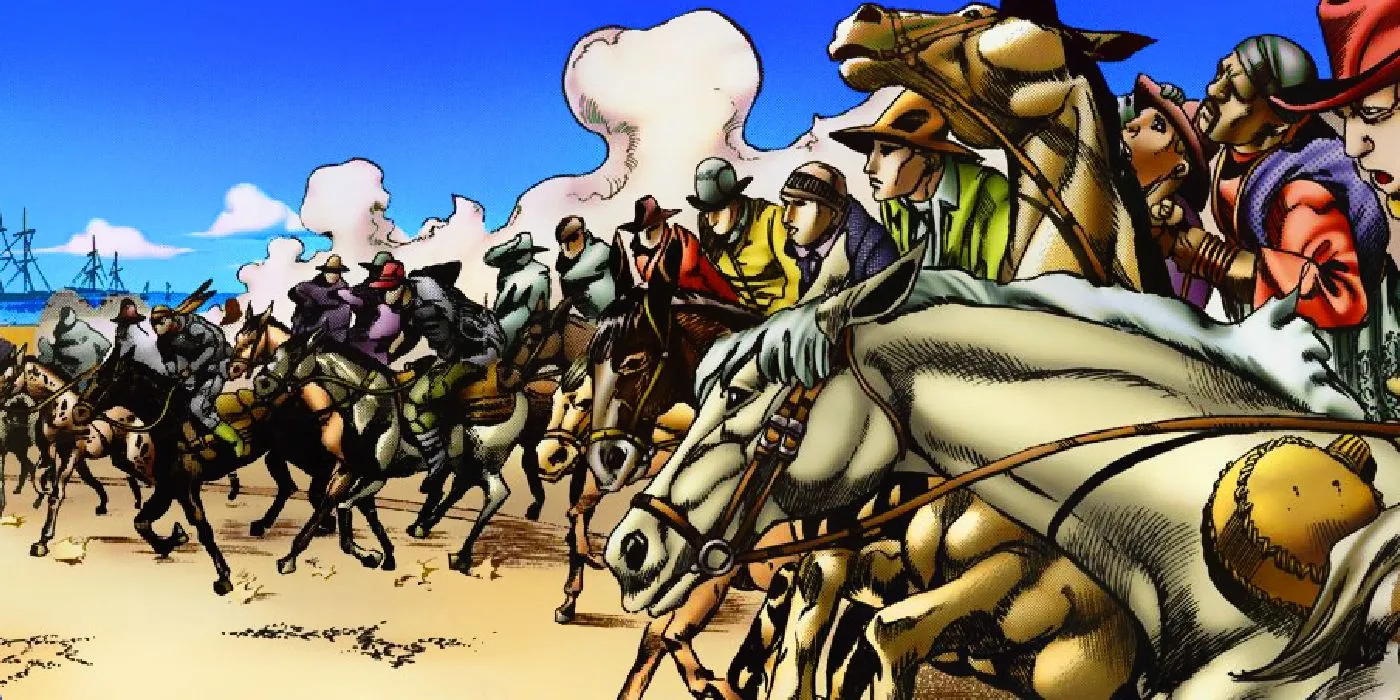
Historically, even during its tenure at Shōnen Jump, JoJo reflected a distinct tonal evolution in how it portrayed its battles and conflicts. In parts five (Golden Wind) and six (Stone Ocean), the narratives became increasingly intricate. Yet, these plots remained somewhat bound to a villain-of-the-week trope, driven by the constraints of a weekly schedule.
Araki emphasizes the significance of a meticulously developed setting in his work, and Steel Ball Run showcases this like never before. With a theme centered around a continent-spanning horse race, the slow-paced monthly releases granted Araki the luxury to delve deeper into character relationships and geographical contexts, moving beyond the relentless action usually associated with a weekly shōnen format.
This slower pacing allows Steel Ball Run to flourish in a manner that no previous part could. Whereas Stone Ocean was noted for its elaborate settings, the leisurely narrative development in Steel Ball Run highlights every element—story, environment, themes, and characters—at their peak. Importantly, the battles, while numerous, are meticulously woven into the larger narrative, enhancing their significance rather than presenting them as mere plot devices.
The Significance of Demographic Shifts in JoJo
Araki’s Storytelling Under the Seinen Demographic
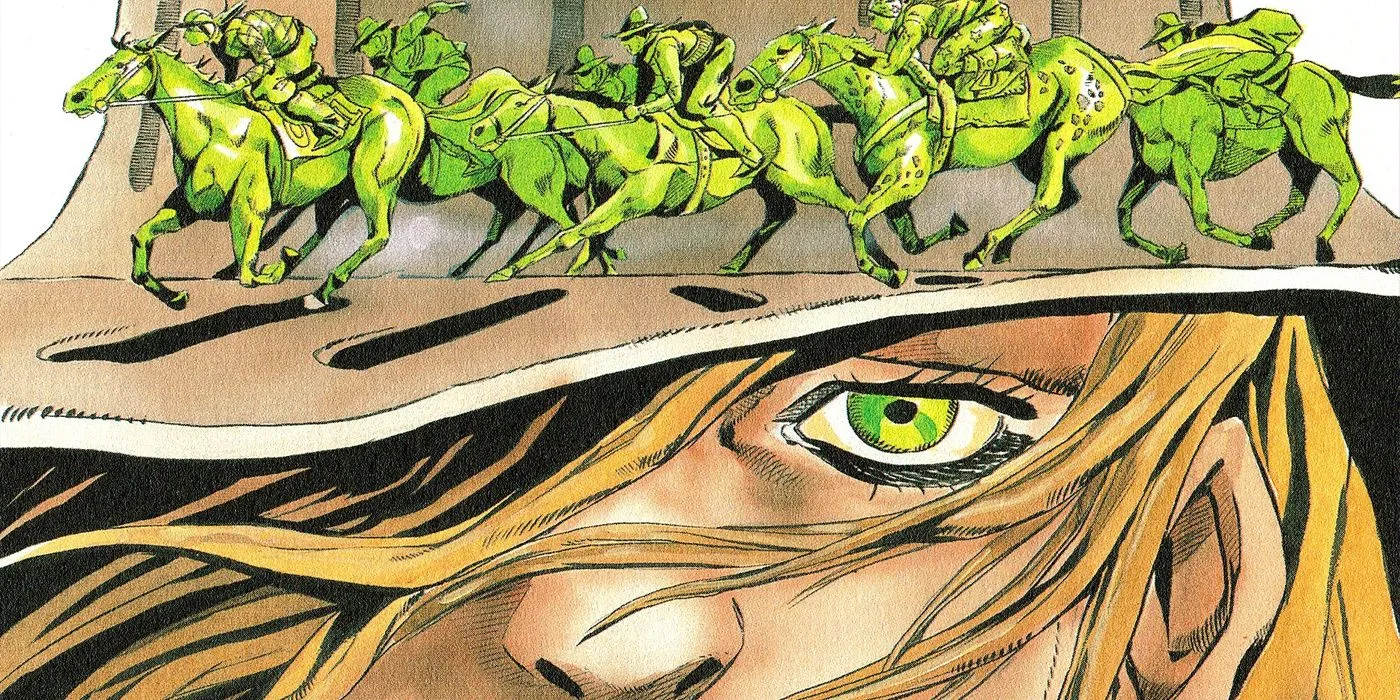
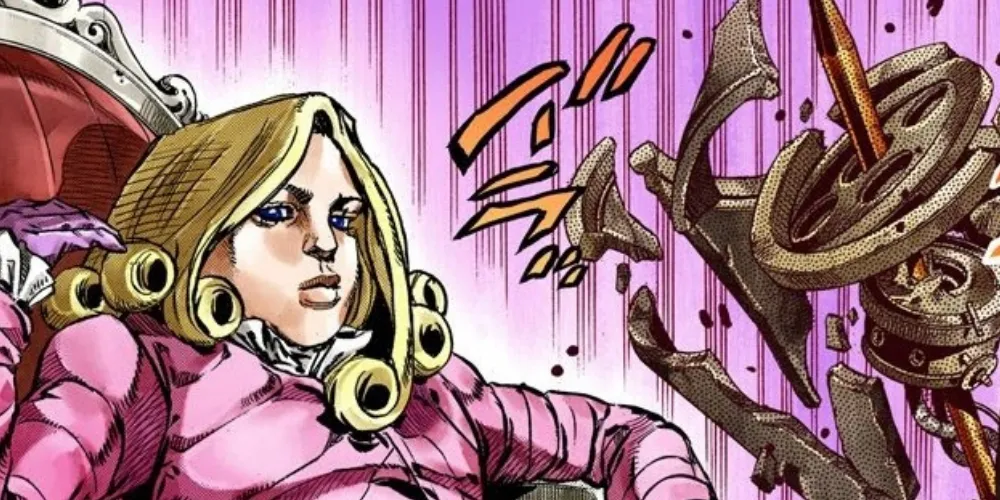
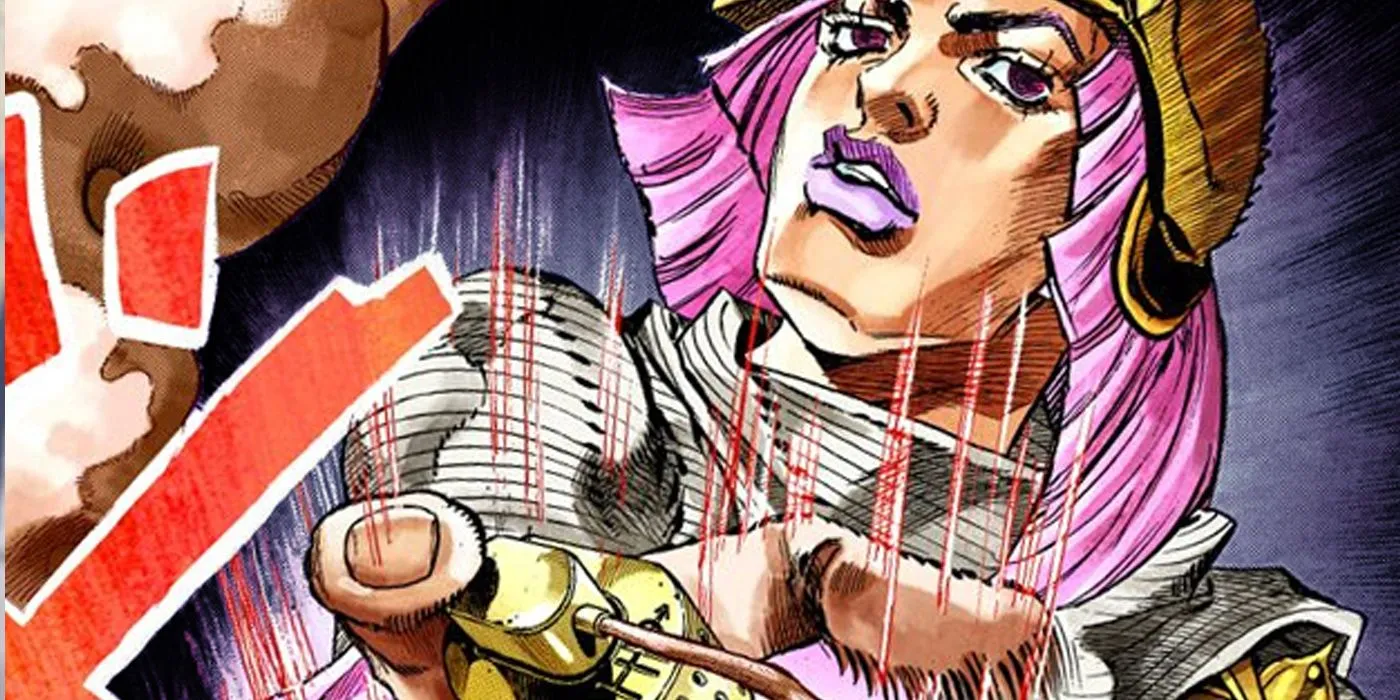
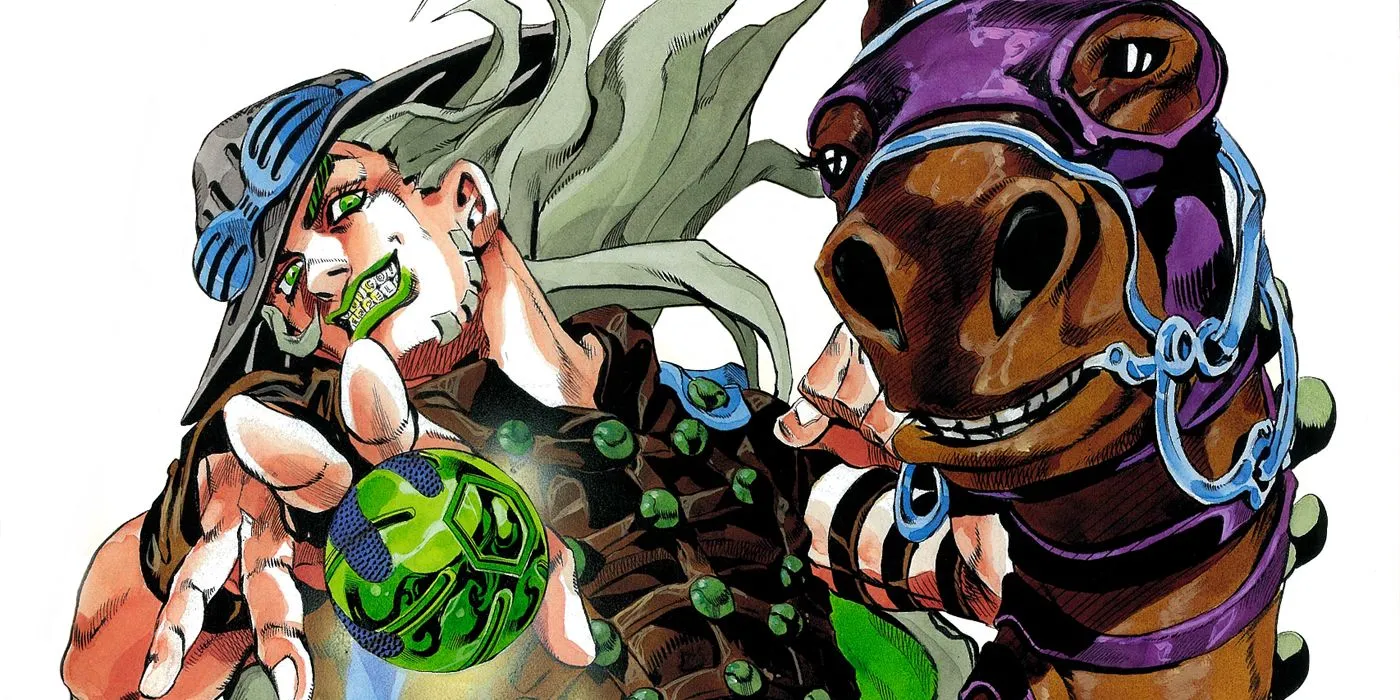
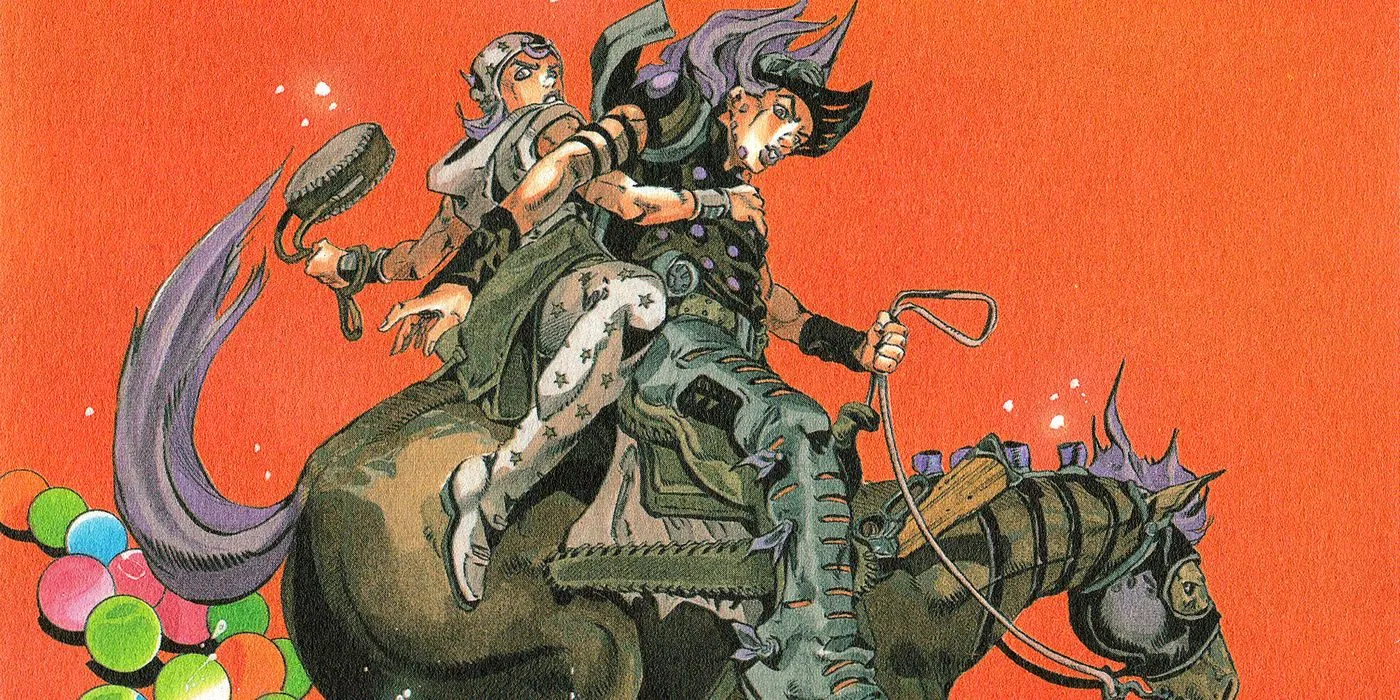
The demographic evolution of JoJo has significantly influenced its storytelling approach. While prior installments have explored darker themes, Steel Ball Run presents a level of maturity and nuance in its narrative that resonates with older audiences. The freedom from shōnen conventions allows for moments of genuine shock and subtlety, enriching the overall experience.
Given that manga typically cater to audience expectations, younger readers gravitate towards high-octane battles over intricate plots or well-defined settings. However, Steel Ball Run marks a transformative shift, enabling JoJo to embrace a more thoughtful narrative style—a trajectory that the subsequent parts, Jojolion and The JOJOLands, have continued.
This evolution also permits more impactful storytelling; when JoJo aims to deliver a shocking moment, it does so without holding back. The contrast between Steel Ball Run‘s nuanced storytelling and the hyperbolic nature of earlier parts enhances the significance of both its climactic and mundane moments, lending weight to the characters’ experiences.
In conclusion, the underrated decision to shift from Weekly Shōnen Jump to Ultra Jump is monumental within the context of JoJo’s Bizarre Adventure and serves as a key reason for the excitement surrounding the upcoming anime adaptation.




Leave a Reply